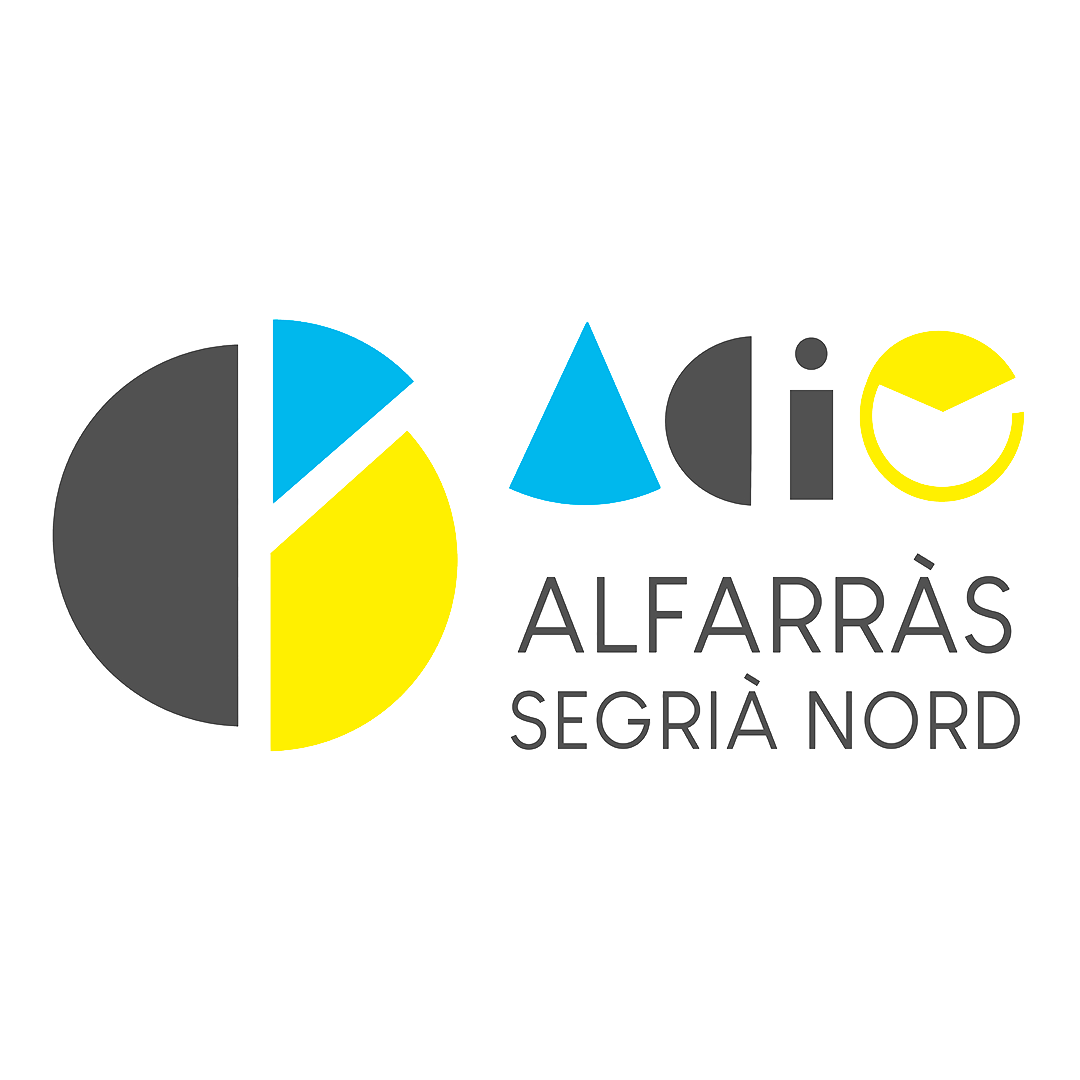The views expressed on this blog are those of the author and do not necessarily reflect the views of New Relic. Any solutions offered by the author are environment-specific and not part of the commercial solutions or support offered by New Relic. Please join https://www.globalcloudteam.com/ us exclusively at the Explorers Hub (discuss.newrelic.com) for questions and support related to this blog post. By providing such links, New Relic does not adopt, guarantee, approve or endorse the information, views or products available on such sites.

Datadog CI visibility provides real-time visibility into your organization’s CI/CD workflows. Datadog can help you detect issues early on in the development process, improve the quality of your code, and the reliability of your software delivery process, and ensure that your applications are performing optimally. When an organization first adopts agile DevOps practices, they often start out with continuous integration, and mature quickly into continuous delivery, thus achieving CI/CD. Many organizations stop here, preferring to release production code manually.
Monitoring vs observability
Pro-actively resolve issues with real-time monitoring and alerting of pipeline health and performance. Semaphore is a hosted CI/CD service used for testing and deploying software projects. Semaphore establishes CI/CD standards with a pull request-based development process.
Start with instrumenting your pipeline to get events, state, metrics, traces. Then set alerts and reports to automate as much as possible over the data. We all practice monitoring and observability in our Production environment.
Streamline your CI/CD workflows with deep visibility into your CI environment.
Investing in good CI/CD observability will pay off with a significant improvement in your Lead Time for Changes, effectively shortening the cycle time it takes a commit to reach production. These are basic visualizations, but you should adapt and add to it according to your needs, environment and investigation process. It may even call for several dashboards for different personae with different monitoring needs or areas of responsibility. One of the best known open source tools for CI/CD is the automation server Jenkins. Jenkins is designed to handle anything from a simple CI server to a complete CD hub.
Your requirements, existing infrastructure, as well as room for future potential and improvement, are the factors that will impact your final choice. Buildbot is a “Python-based CI framework” that automates the compile and test cycles to validate code changes, then automatically rebuild and test the tree after every change. Travis CI automatically detects new commits made and pushed to a GitHub repository. And after every new code commit, Travis CI will build the project and run tests accordingly.
Change failure rate
We’ve built this alerting mechanism on top of Elasticsearch and OpenSearch as part of our Log Management service, and you can use other supporting alerting mechanisms as well. The ELK Stack has long been a popular open source for log analytics, and many master the art of Kibana dashboarding, so I’ll use it for the CI/CD health monitoring. Note that since 2021 Elasticsearch and Kibana are no longer open source, but you can use their open source fork OpenSearch to achieve the same with Apache2 license. Additionally, any tool that’s foundational to DevOps is likely to be part of a CI/CD process. Speedscale Snapshots are subsets of traffic that you would like to replay to test how your new code reacts, similar to test scenarios.

Homogeneous environments might be hard to achieve in big organizations, but the idea is to use the same tooling, process, and configurations in all the environments. In CD, production is not a special environment; it’s just another stage in the pipeline. Continuous Integration (CI) is a development practice that requires developers to integrate code into a shared repository several times a day. Each check-in is then verified by an automated build, allowing teams to detect problems early. By integrating regularly, you can detect errors quickly, and locate them more easily.
Azure Pipelines
Continuous Integration is a practice where developers merge all their codes and scripts in shareable repositories frequently whenever changes have to be made. Continuous Delivery is the important process of delivering the software/updates to production in smaller increments, ensuring that the software can be released at any time. Continuous integration also prevents “merge hell,” which can happen when two or more developers inadvertently make conflicting changes that break the build when the lines are merged back into the master branch. Continuous integration also avoids teams having to reconcile substantial amounts of conflicting or redundant code, which can require code freezes or even a dedicated integration stage in the pipeline. Now that the infrastructure is up and running, it’s time to configure for dependencies and move our application files over.
UdaPeople used to have this ops guy in the other building to make the copy every Friday, but now they want to make a full deploy on every single commit. Luckily for UdaPeople, you’re about to add a job that handles this automatically using Ansible. The ops guy will finally have enough time to catch up on his Netflix playlist. Every employee must take responsibility for continuous improvements to products, services, and processes for an organisation to be effective.
Deployment time
Its user interface is web-based, and it provides a rich set of features for managing jobs, nodes, and builds. Continuous delivery is an extension of continuous integration in which software is built, tested, and released more frequently. Continuous delivery automates software release processes such that changes can be released automatically anytime new code gets pushed to the repository.
- CloudBees CodeShip integrates with a variety of tools such as GitHub, Bitbucket, and Docker, allowing developers to seamlessly integrate it into their existing development workflows.
- For convenience, we have provided a template that you can use to easily run a Postgres database for local testing.
- Moreover, you should take into account the feedback and reviews from other users to identify any potential issues or limitations that could affect your experience.
- A new GraphQL API and updates to the New Relic CLI allow you to easily mark any kind of change (such as a deployment, config change, or business event) on top of observability data.
- The extension generates traces for each build and performance metrics to help you understand which Maven goals
or Maven submodules are run the most, how often they fail, and how long they take to complete. - They must be automated in the same way integration, testing, and deployment have been automated.
- Many teams will put together visually-attractive dashboards that look useful and provide lots of information, but the purpose of observability is about maintaining and monitoring the pipeline effectiveness and not visual appeal.
The use of eBPF is another substantial upside, Mercer added, calling it a clever way to identify problems in a software build without the use of a more resource-intensive agent. Addressing those is an important new capability, according to IDC research vice president Jim Mercer, in part because it offers visibility into all parts of the software supply chain — not just open source. As we’ve mentioned previously, ci cd monitoring containers are immensely popular in DevOps to ensure that every bit of code can function in any environment. There are many other CI/CD tools out there, so we have to make some honorable mentions here as well. If, for some reason, major tools don’t fit your needs, check also GitHub workflows, Circle CI, and Azure. The product is distributed under commercial license; the price starts at $299 per year.
Continuous integration and continuous delivery/deployment
It also provides detailed analytics and reporting, allowing teams to identify and address issues quickly. Monitoring CI/CD operations is a key factor in optimizing the total app performance. Continuous Integration (CI) and Continuous Delivery (CD) are the bases of product delivery and play a crucial role in the lifecycle.





